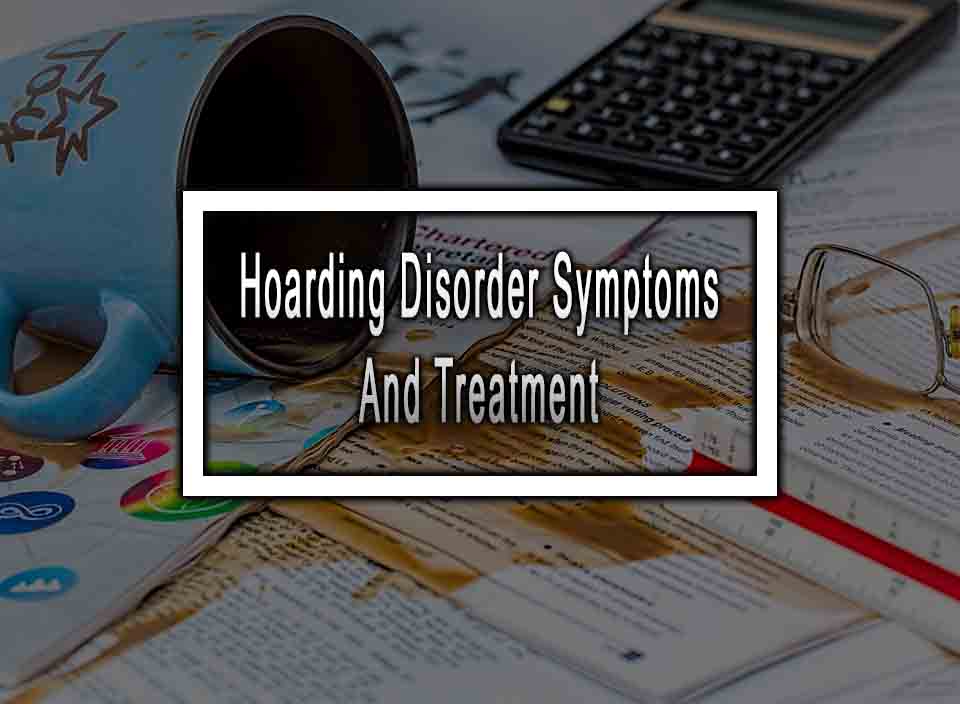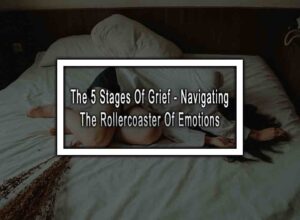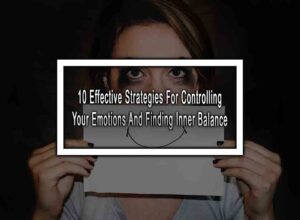Table of Contents
ToggleWhat Is Hoarding Disorder?
Hoarding disorder is a mental condition that involves the inability to part with possessions, regardless of their practical or sentimental value. People with this disorder accumulate and store large amounts of items, often to the point that it interferes with their day-to-day functioning. Although hoarding disorder is often linked to obsessive-compulsive disorder (OCD), it is a distinct condition. In this article, we shall delve into the symptoms of hoarding disorder and examine treatment options.
Symptoms of Hoarding Disorder
The symptoms of hoarding disorder can be diverse and can vary from one person to another. However, some common characteristics include:
- Refusal to throw away or part with items that are no longer useful or have little to no value.
- Accumulation of items that clutter living spaces to the point of rendering them unusable.
- Difficulty organizing and categorizing items.
- Excessive attachment to possessions, making it challenging to discard them.
- Significant financial strain due to excessive purchases and storage of items.
- Depression, anxiety, and other emotional or behavioral problems.
- Physical health concerns such as tripping, falling, or other injuries due to clutter.
Hoarding disorder can be a challenging condition that not only affects the person with the condition, but also their family, friends, and the environment.
Treatment of Hoarding Disorder
Hoarding disorder can be treated with a combination of therapy and medication. The goal of treatment is to help the person overcome their compulsive behaviors and compulsive thoughts, thereby reducing anxiety, depression, and other emotions that contribute to hoarding behavior.
Cognitive-behavioral therapy (CBT) is often the frontline treatment for people with hoarding disorder. It is a specialized form of psychotherapy that involves looking at one’s thoughts (cognitions) and actions (behaviors) and finding ways to modify them. This approach helps the person with a hoarding disorder to develop a healthier relationship with their possessions.
CBT typically involves three phases: information gathering, skills training, and practice of new skills. In the information-gathering phase, the therapist gathers information about the person’s hoarding behavior and the factors that contribute to it. In the skills training phase, the therapist teaches the person new skills to help them manage their thoughts and emotions and change their behaviors. In the practice phase, the person is guided to implement those new skills into their daily life to help reduce hoarding behaviors.
Exposure and response prevention (ERP) therapy is another treatment option for hoarding disorder. It involves gradual exposure to the person’s fear of discarding their possessions and encourages them to resist the urge to hoard. This therapy may also be combined with medication to help manage anxiety.
Medication is not a treatment for hoarding disorder but can be used to manage the symptoms of the condition. Antidepressants such as Selective Serotonin Reuptake Inhibitors (SSRIs) are often prescribed to help manage the symptoms of anxiety and depression that are common in people with hoarding disorder.
Conclusion
Hoarding disorder is a complex mental condition that can be challenging to manage. However, with proper treatment and support, people with hoarding disorder can lead productive and fulfilling lives. The diagnosis of hoarding disorder should be made by a licensed mental health professional, and treatment should be individualized to the person’s specific needs. Family and friends can provide significant support to individuals with hoarding disorder by showing empathy and understanding and offering practical assistance. Therefore, it is essential to seek professional help when dealing with hoarding disorder.
Hoarding Disorder FAQ
Here are the most common questions about hoarding disorder.
What causes hoarding disorder?
The exact causes of hoarding disorder are not fully understood, but research suggests that it may be a combination of genetic, environmental, and psychological factors. Some possible causes of hoarding disorder may include:
- Family history of hoarding disorder
- Traumatic life events, such as the loss of a loved one or a major life transition
- Anxiety, depression, or other mental health conditions
- Difficulty making decisions or organizing things
- Perfectionism or a need for control
How is hoarding disorder diagnosed?
Hoarding disorder is typically diagnosed by a mental health professional, such as a psychologist or psychiatrist, based on an assessment of an individual’s symptoms, behavior, and mental health history. A diagnosis may involve a combination of self-report measures, clinical interviews, and observations of the individual’s living spaces.
Can hoarding disorder be cured?
There is no known cure for hoarding disorder, but it can be treated effectively with therapy, medication, and practical interventions. With the right treatment and support, individuals with hoarding disorder can learn to manage their symptoms and improve their daily functioning and quality of life.
How can I help someone with a hoarding disorder?
If you know someone who may have a hoarding disorder, it is important to approach them with compassion and understanding. Talk to them about your concerns and encourage them to seek professional help. Offer to assist them in finding a mental health professional or other resources for treatment. Avoid judgment or criticism, as this can worsen their shame and anxiety about their condition.
How can hoarding disorder affect a person’s daily life?
Hoarding disorder can significantly impact a person’s daily life in various ways. It can lead to social isolation, embarrassment, and difficulty maintaining relationships. Hoarding clutter can also create health and safety hazards, including fire and fall risks, vermin infestations, and unsanitary living conditions. Additionally, the distress and impairment caused by hoarding disorder can interfere with a person’s ability to work, attend school, or engage in other activities that require a functional living space.
More like this: Dissociative Identity Disorder












